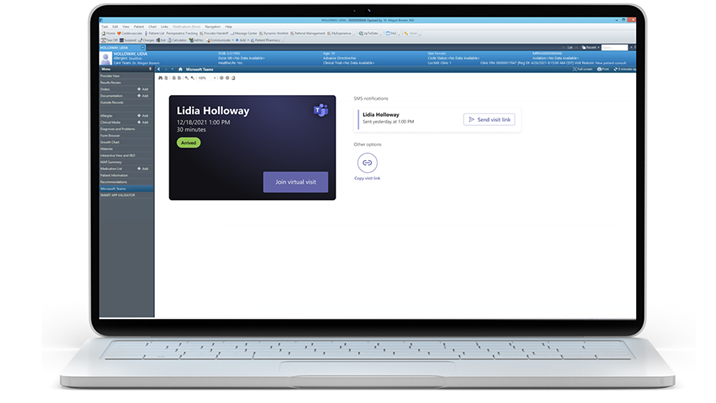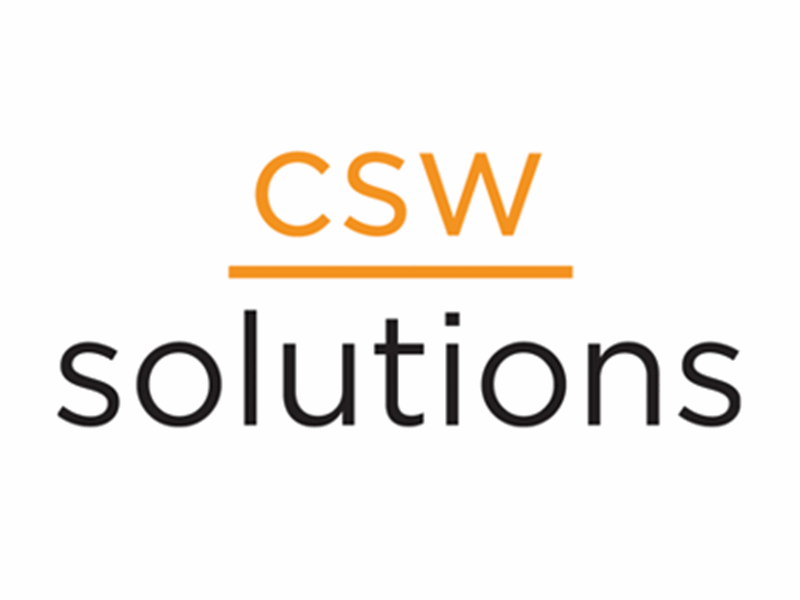Cloud migration and managed services are the best way to improve your business and operations. Read on to learn more about what CSW Solutions can do for you as your Gold-certified cloud solutions partner, and healthcare software solutions provider.
Microsoft Cloud for Healthcare: Part II
The move from on-premise to the cloud isn't about changing the technology management process but a cultural shift that has taken every industry by storm in recent years. Everywhere there are stories about how remote work is integral to survival on all sides, not just from the business standpoint but the employee needs as well.
Organizations need to continually find better ways to compete in a fast-moving digital market while also discovering smarter ways to manage their workloads and thus delegate decision-making and navigation of resources for innovation and growth. However, digital transformation also requires a more centralized level of security, operations, compliance, and many other things. This is especially true in the healthcare industry. So, the question comes down to, how do you change the culture? How do you get to a place where this centralized staff in infrastructure and technology can be more focused on technology and innovation to create more opportunities in a cloud-based culture.
There truly is a better way to implement the applications and processes needed to support and build upon industry-specific needs with technologies that will not only improve the level of service but the sustainability of quality care without compromising worker health or raising costs. We already shared some highlights from Microsoft Cloud for Healthcare last week. We promised a follow-up round for you this week, and here at CSW Solutions, we always follow through!
Microsoft Teams for Frontline Workers in Healthcare
First up is Microsoft Teams is one of the fastest-growing offerings from Microsoft and they don't seem to be slowing down any time soon. A recent survey found that nearly a third of frontline healthcare workers in the U.S. are not only thinking about moving on from their institution but leaving the field altogether. The World Health Organization projects a shortfall of 18 million healthcare workers by 2030.
The general availability of the Microsoft Teams electronic health record (EHR) connector, which is built on the massive growth in demand for the EHR connector for virtual appointments with Epic. Microsoft Teams EHR connector for Cerner expands the capabilities of Teams for healthcare-specific needs.
“As a validated code application, Microsoft Teams EHR connector meets Cerner security, operational, functional and UX criteria designed to help improve the user experience for Cerner clients searching for a third-party telehealth solution.”—Jake Engle, Senior Director of Open Platforms, Cerner

This new Cerner-validated application makes it easier for clinicians to launch virtual appointments with patients or consult with other providers in Teams directly from Cerner PowerChart. Other care team members can be invited to virtual appointments and utilize real-time status reports from visits to improve patient care. This kind of virtual visit not only reduces no-shows but also late fees or cancellations because you were stuck in traffic and checked in ten minutes late! Nobody wants to show up to an appointment on time, only to end up sitting in a cold, plastic waiting area for forty-five minutes, watching HGTV while hoping no one breathes near you because you just want to make sure you saw someone about that rash! But I digress, when it comes to healthcare, there is no shortage of areas that need help. It is easier than ever to lower the administrative burden and provide the most efficient methods of time management for both clinicians and patients through the integration of Microsoft Forms and Microsoft Bookings to Teams. This is a centralized means of information gathering for care teams, so they can monitor on-demand appointment requests, automated patient wait times, and even staffing delays or prevent missed appointments with SMS notifications. Authorized users can gain insights into all areas of operations in the Microsoft Teams Admin Center.
Azure Health Bot
Another new avenue of industry-specific optimization through Microsoft Cloud for Healthcare is the Azure Health Bot. This AI-powered technology helps organizations adapt to staffing shortages while qualifying patient support and empowering frontline workers so they can safely assist patients remotely and effectively. Healthcare organizations can instantly build bot scenarios for collecting secure and compliant responses from patients for triage, vaccines, and more! It saves so much valuable time and helps ensure that each patient still receives a consistent quality of care. Azure Health Bot now has an expanded catalog with new templates for self-reporting of quality-of-life measures, vaccine location finders, and chronic condition management. Even adopting a hybrid approach to care can improve the agility of an organization to respond to changing health environments. Patients can receive better quality care from home without even entering facilities anymore with wifi-enabled blood pressure and blood sugar monitors, devices that record vital stats throughout the day, and remote monitoring can be added to virtual visits that make seeing a doctor, just as easy as face-timing family.
Microsoft + Nuance
One of the more recent offerings of Microsoft Cloud for Healthcare comes from the advanced cloud and AI solutions by Microsoft and Nuance Healthcare. There is no argument for improved diagnostic intelligence and this partnership brings in Nuance's industry-leading conversational AI, ambient clinical intelligence, and integration into existing clinical workflows. There are now advanced capabilities with automated diagnostic workflows that can harmonize specialized applications for radiologists with on-demand medical images and diagnostic reports to streamline communication and upgrade standards in collaborative efforts between departments. PowerConnect, PowerShare, and PowerScribe One bring this long-stagnant area of care to a new level with the speed and connectivity of the cloud and the enhancements, accuracy, and powerful capabilities of AI. These solutions not only increase provider satisfaction with quality clinical intelligence and reporting but also productivity, reducing errors, minimizing redundancy, and reducing maintenance costs across the board.
Anyone who has accessed care through their provider in the last few years has likely seen or experienced some of this technology already. The good news is, there's more to come and each new level of achievement for healthcare means improved quality of life for all of us!

If you are interested in learning more about Azure and our Azure cloud management solutions for your industry, you can always reach out to your friends at CSW Solutions. We are the all in-house team with IT expertise across industries that you can count on to understand the most effective ways to manage your digital footprint or hybrid strategy! We are always here to help.

